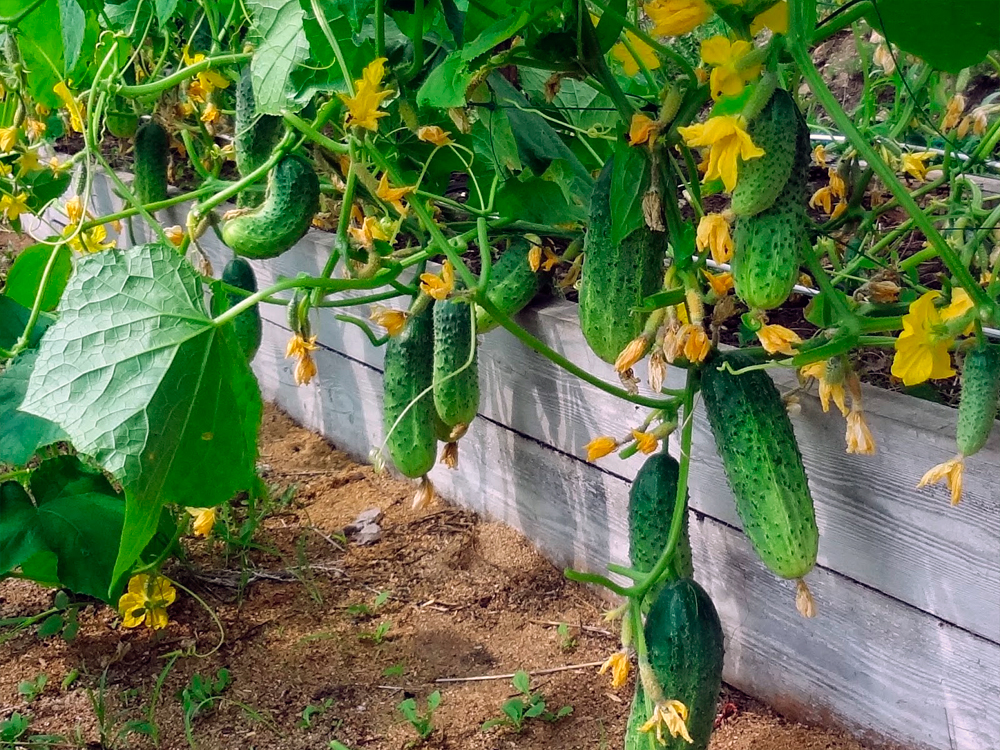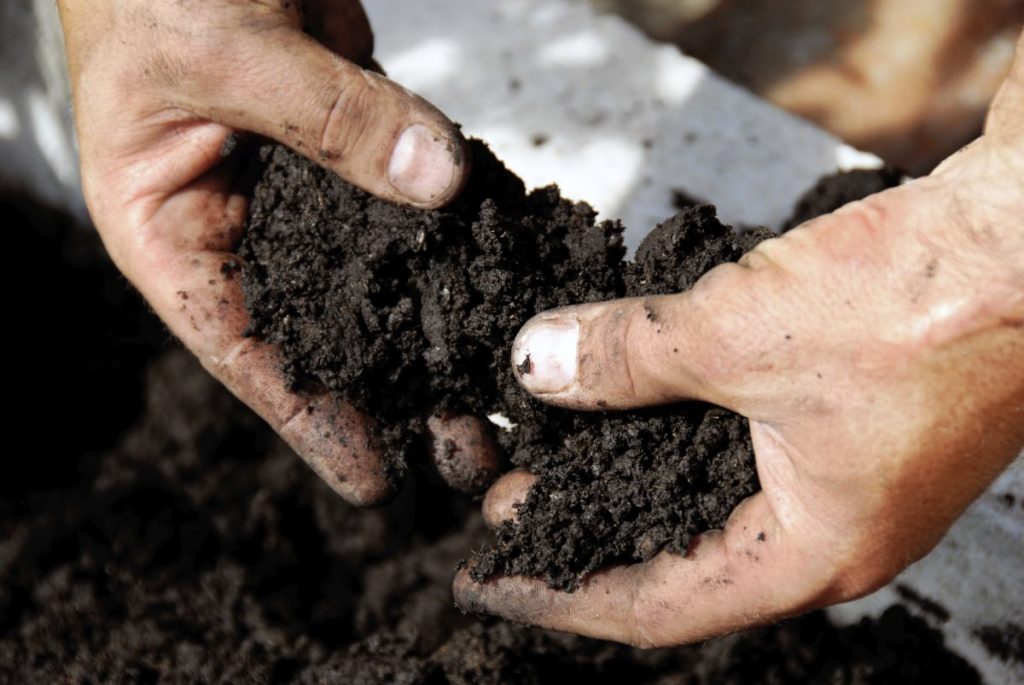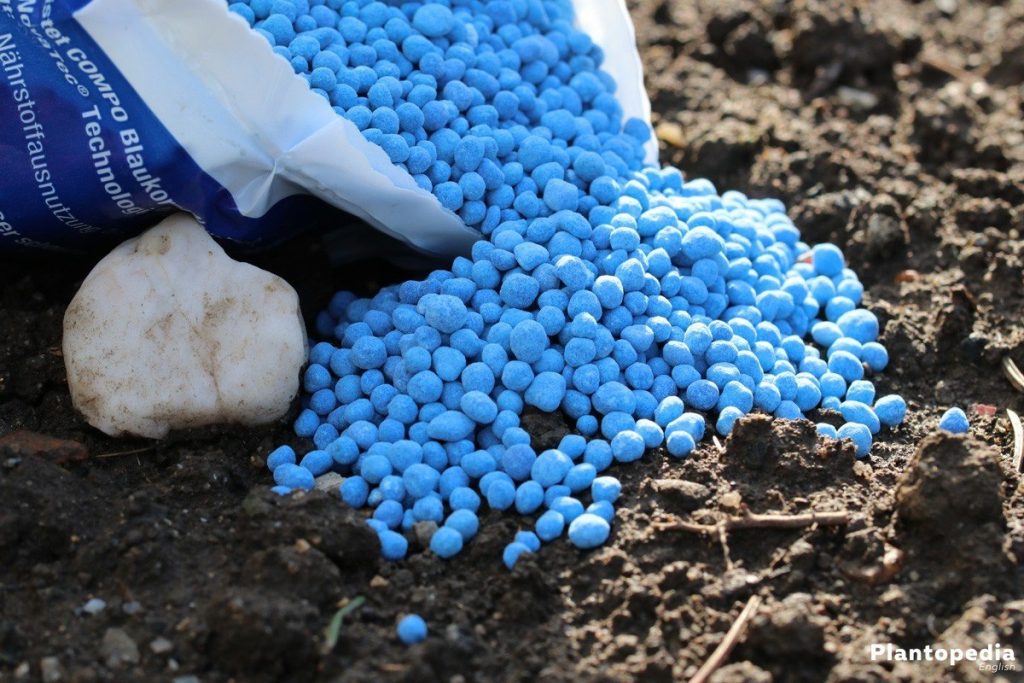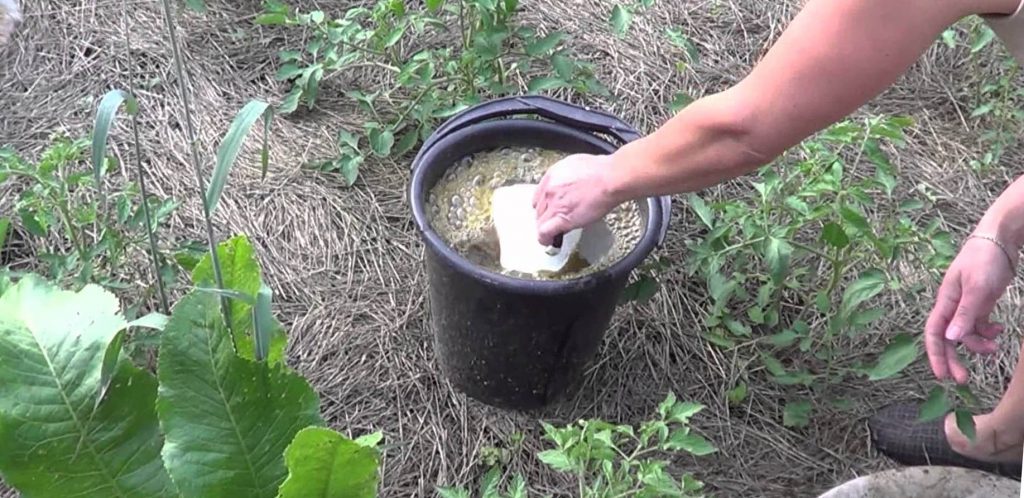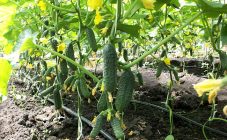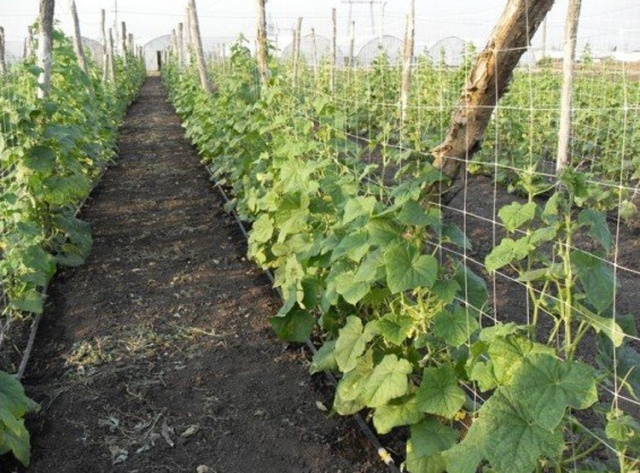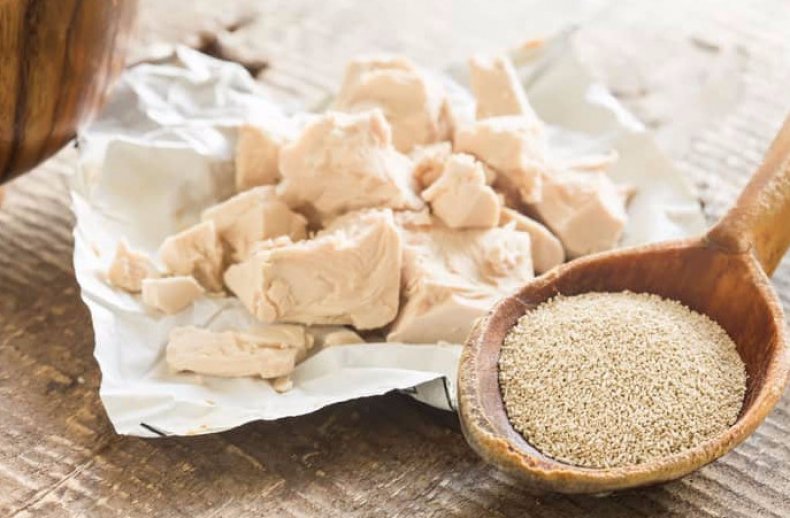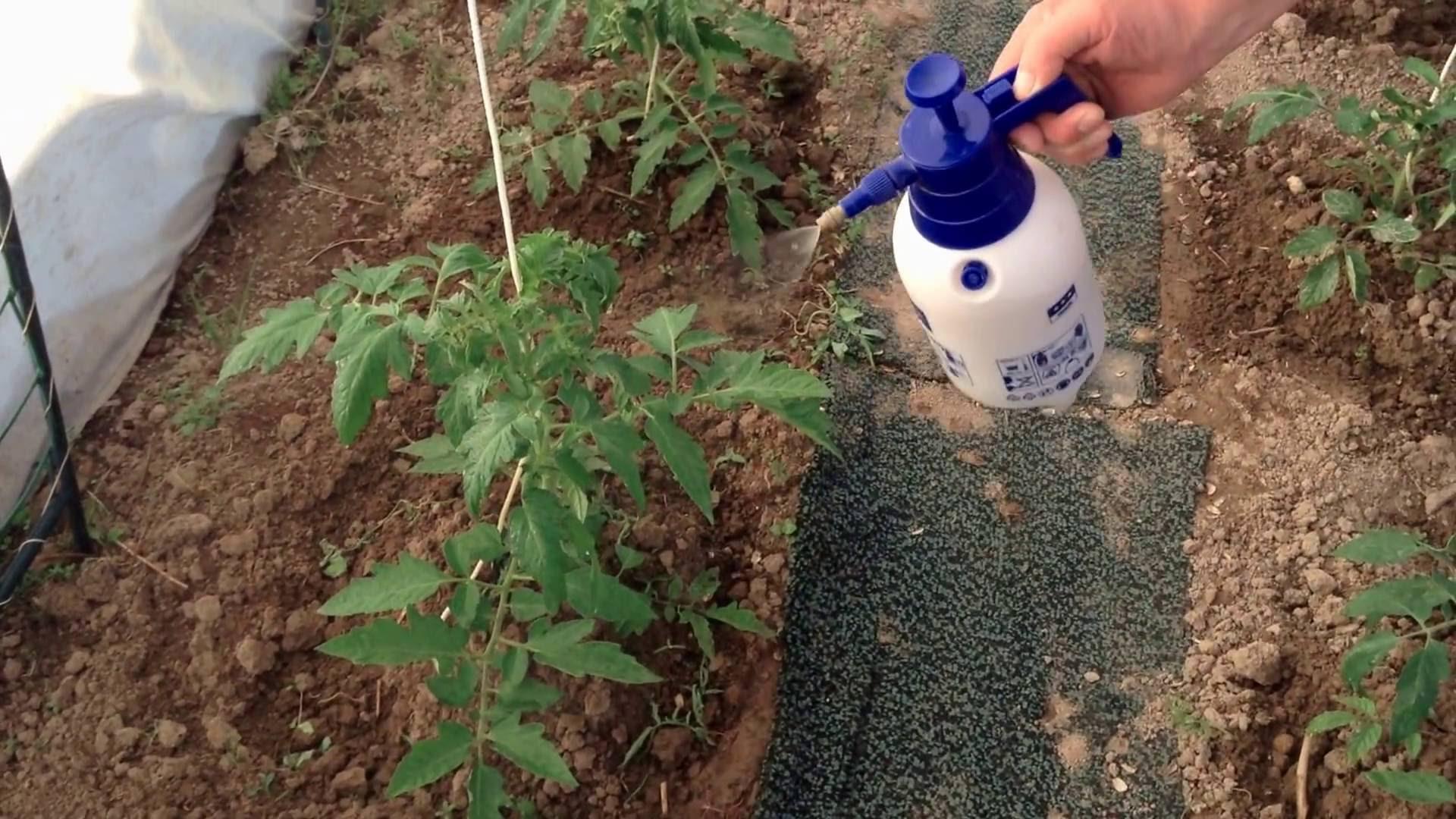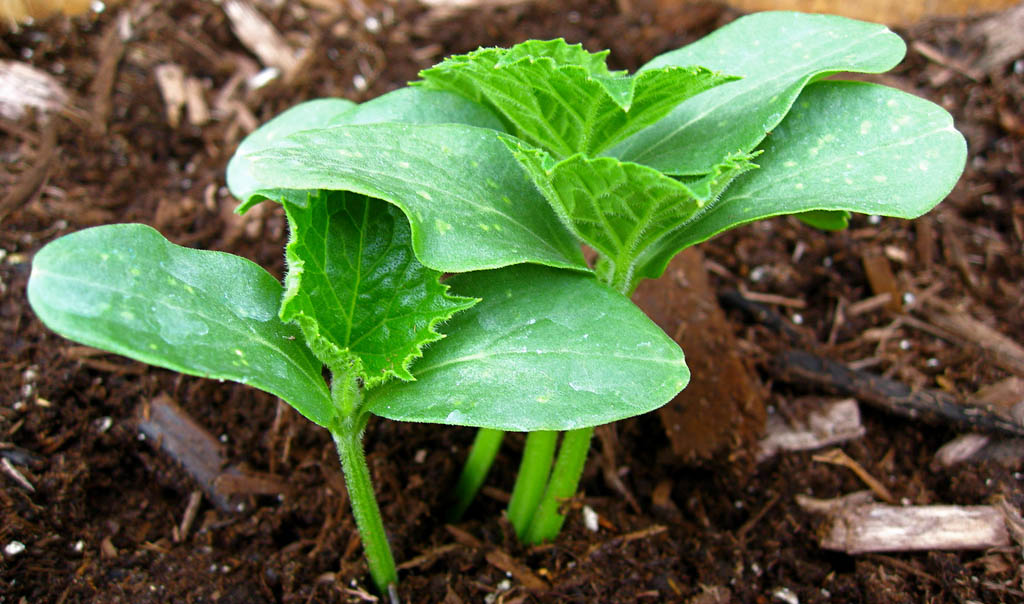Content:
Most gardeners grow cucumbers, and everyone wants to get as much quality harvest as possible. But this is by no means easy to do - the cucumbers must be planted correctly, protected from cold, diseases and pests, watered regularly and picked on time. And you also need to fertilize the plants correctly and in a timely manner so that they grow well and please with the harvest.
Conditions for growing cucumbers in the open field
To get the maximum amount of high quality cucumbers, you need to start preparing well before planting. In the fall, you need to prepare a bed by carefully digging up the ground.
In this case, you need to try to choose the right place for cucumbers on the site. Experts advise farmers to change places for growing any crops, including cucumbers, every year. According to the rules of crop rotation, this vegetable cannot be planted in the beds where pumpkin crops grew before.
Cucumber seedlings grow well on the ground, where they were previously:
- bow;
- potatoes;
- tomatoes.
In early spring, you should plant seeds for seedlings, preferably in peat barrels, so as not to damage the delicate roots during transfer.
To find the optimal planting time for the selected variety, you need to read the description. In general, you need to know that all cucumbers are thermophilic - most species can be transferred to open ground only when the ground warms up to 12-16 ° C. But even then, at first, the plants will have to be closed at night from possible frosts. For this, use a film or dense material.
Seedlings should be planted in holes 20 to 30 mm deep. Before this, it is better to water the soil with warm water, and after planting the bushes, slightly dig in, but not compact.
Fertilizing and fertilizing cucumber beds
Caring for a cucumber bed consists in timely watering, loosening and hilling. In addition, it is necessary to supply the plants with the necessary substances and to prevent diseases. You need to feed the sprouts in accordance with the recommendations of experts, taking into account the properties of the planted variety or hybrid. We must not forget about the composition of the land in a particular garden.
Why feed cucumbers outdoors
For the normal development of cucumbers, various mineral and organic fertilizers must be applied to the soil. They strengthen the immune system, help plants to contain diseases, increase resistance to fungi and bacteria living in the soil.
In addition, the substances included in organic and mineral mixtures help cucumbers to prolong the fruiting period, improve the taste of the fruits obtained.
Soil preparation
So that cucumbers can grow normally, the following method of soil preparation is used:
- In the fall, fertilize the land after harvesting. It is necessary to choose in advance the places for the future sowing of cucumbers. Apply mullein solution. It is brought into the ground, and the beds are prepared for winter by carefully digging up the ground.
- In the spring, the soil is fertilized when preparing the beds. 2-3 weeks before planting the plants, the ground is watered with copper sulfate (solution), and then the soil is removed to a depth of 20 cm.Straw with needles is laid, poured with a solution of ash in warm water. Return the top layer. The beds are covered with foil. Farmers often use other mixtures instead of this substance. Most people have a bird in their backyards. Therefore, chicken manure is used to cultivate the land. After that, the soil is watered with hot water.
- Before transplanting young bushes, you can additionally fertilize the site 3 days before this event using a mixture of phosphorus, potassium (15 g per 1 sq. M of the garden) and nitrogen (10 g per the same area).
Top dressing scheme
After the plants have been planted in the beds, they are supported by root dressings. In this case, the required substances are introduced during careful watering. Various mixtures are applied regularly, approximately every 2-3 weeks.
Root fertilization gives a good effect during warm summer weather. It should be done after rain or watering. It is better to do this in the evening or on a cloudy day.
Top dressing of cucumbers is carried out 4 times per season:
- first, fertilizers are introduced 14 days after transplanting seedlings;
- the second time they do this when flowering began;
- the third time, the necessary minerals are introduced into the soil during mass fruiting;
- the fourth time - to extend the growth of fruits.
What to fertilize, feed, water
Novice gardeners are often interested in how to fertilize cucumbers immediately after planting in the ground, which is better to use. Experienced summer residents advise using nutritional complexes that have shown themselves positively. For example, in order not to think about how to feed the cucumbers after planting in the ground, it is recommended to use ready-made mixtures produced by Russian manufacturers.
For cucumbers, a set of microfertilizers such as Agromaster is suitable. This fertilizer contains all the useful components necessary for cucumbers in the form of nitrogen, potassium and phosphorus. It is applicable at any stage of growth and development of vegetable crops.
If the specified tool is not in stores nearby, then use homemade compositions:
- At the first feeding, an aqueous solution - 1 tbsp. l. urea and 60 g of superphosphate. They are bred in a bucket of water. It is possible to dilute 10 g of ammonium nitrate, potassium salt and superphosphate in 10 liters of liquid. Spreading 5 g of ammophos (powder) on the beds with subsequent loosening also helps.
- The second time the plants are given a mixture of 40 g of superphosphate, 20 g of potassium and 30 g of ammonium nitrate. A solution of wood ash flour (200 mg) dissolved in a bucket of water is often used.
- The third feeding is made with 30 g of potassium nitrate dissolved in 10 liters of water.
- The last feeding is carried out with a solution containing baking soda (25 g / bucket of water).
If the gardener has a suspicion that the seedlings lack any component, but the summer resident cannot accurately establish the missing element, then the situation can be corrected by applying a complex mineral set, which includes nitrogen, potassium and phosphorus.
Folk and public fertilizers
If a farmer wants to get an environmentally friendly harvest on his site and does not like any chemicals, then it is best to apply folk recipes for processing green spaces.
Top dressing of cucumbers in the open field with folk remedies is performed as follows:
- At the first feeding, the bushes are watered with infusion of green grass in water (ratio 1 to 5). Horse or cow manure is often used in the form of slurry or an aqueous solution (ratio 1: 6 or 1: 8). If poultry waste is used, then it is diluted in water (proportion 1:15).
- The second and third time you need to feed the cucumbers with infusion of green grass (p. 1).
- The fourth feeding is done with a seasoned infusion of rotten hay (the solution should be infused for at least 48 hours).
Alternative feeding methods
Recently, dressings based on simple bread or yeast have been popular.
At home, you can use baker's yeast (1 pack) diluted in 10 liters of water for feeding cucumbers. When preparing, the mixture is transferred to a warm room, and then defended for 72 hours, sometimes stirring the solution. Before applying this fertilizer, the bushes are watered. Each plant takes about 500 ml of the resulting infusion.
Top dressing can be done using simple bread found in every household. In this case, it serves as an alternative to the yeast method. To do this, the loaf is diluted in 10 liters of water, left overnight. In the morning you will need a strong and skillful hand to knead a wet loaf. The kneading process must be carried out until a homogeneous mass is obtained. Then you need to go to the pharmacy and buy iodine - add 10 ml to the resulting solution. Each 1 liter of infusion is diluted in a bucket of water. After that, cucumbers are watered.
The second option is using bread. Root feeding is carried out by insisting the bakery product for 7 days in a warm aqueous solution. This procedure takes place in a closed vessel. Even stale crusts are suitable for her. After receiving the mixture, it is diluted in pure water in a ratio of 1: 3. No more than 500 ml of infusion is poured onto each bush. The frequency of processing the site is no more than 1 time in 4-5 days. It is better to do this when the ovaries appear, and before harvesting.
Experienced gardening tips
In order to understand what the cucumbers lack, you need to closely monitor the growth and development of seedlings.
- Lack of nitrogen. It is expressed in the fact that the lower leaves begin to turn yellow rapidly, the fruits grow exceptionally pale green, the top of the fruit takes on a beak-like shape.
- Lack of potassium. There is a rapid growth of the vegetative mass, the leaves turn dark green, the lower leaves brighten at the edges (edging appears), the cucumbers acquire a pear-shaped shape.
- Lack of phosphorus. Growth of lashes noticeably slows down, lateral leaves grow poorly, new leaves are inferior in size to old ones, do not live long, dry quickly.
- Lack of magnesium. It is characterized by the painful appearance of cucumber leaves - they turn pale or yellow, become fragile, look burnt.
All methods of feeding cucumbers growing in the open field can easily be tried by any gardener. They can be applied individually or together, but the beds cannot be oversaturated with fertilizers. The use of dressings increases the yield of vegetable crops by about 20-50%.
